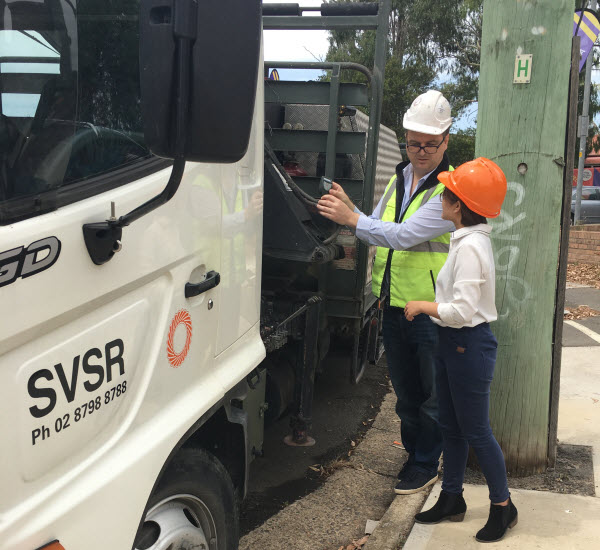
As a provider of sewer vents, vent shaft cowls and odour filters for over 25 years, SVSR has a vast knowledge of sewer ventilation design. We understand industry standards and specific site demands for Sydney Water and regional and council projects.
We are pleased therefore to now offer complete sewer ventilation design services.
“While we provide standard designs, we’re also seeing more need for bespoke design services for councils and utility and commercial clients based on environmental and other factors,” says Duncan Reynolds, Head of SVSR Research and Development.
“We’re currently working on a project for Tamworth Council, for instance, where we’ve had to adapt standard designs to accommodate weather changes – and we may see more of that moving forward. We’re providing what councils want and what utilities want,” he adds.

Bespoke design for councils
For the Tamworth Council project, the SVSR team adapted standard sewer vent drawings to suit a location prone to flooding.
“What we’re doing for them is something new,” says Duncan. “They’ve recently had a couple of vent shafts under four or five feet of water. We’re providing sewer vents with a modified intake vent design, and we’re now looking to make them up to five metres tall, where they are traditionally two to three metres tall.
We’re providing bespoke engineering and design for infrastructure and assets to better handle weather events and other potential impacts. It’s about making them better able to deal with what happens in the future.”

Future-proofing infrastructure
Traditionally, many sewer vent pump stations and other utility infrastructure have been constructed in low-lying areas, something that may contribute to issues moving forward.
“Sewer pump stations are often located at low points, near rivers, and that means they’re the first to flood,” explains Duncan. “In some areas, where there is no flooding or weather impact, we might still recommend ground-mounted vents. For flood-prone areas, that sort of vent may contribute to larger problems in the sewer and wastewater network.
What we can do is look at site specifics to assess potential issues and the best type of design. If your council is located in low-lying areas like Tamworth, or on flood plains, then your infrastructure needs to be future-proofed,” says Duncan.

Expert sewer ventilation for utilities
Climate is just one consideration in sewer ventilation design – and a tailored design will take into account other factors, such as corrosion rates.
“We’ve worked with Sydney Water to change their designs on educt and induct vents,” says Duncan, “however not all utility providers need the same thing.
We have another customer who wants more fresh air going into their network because they have higher corrosion levels. We’re changing their current induct and ground-mounted vents to allow for more airflow and providing them with a design they can use moving forward.
One utility provider might have higher gas rates, another higher corrosion rates. They have different needs because every network is different. We’re able to adapt designs to meet requirements on a site-by-site basis.”

An authority in sewer ventilation design
As we’ve previously reported, the Water Services Association of Australia (WSAA) is in the process of updating the Sewage Pumping Station Code of Australia, the design guidelines informing water authorities around the country.
At the moment, however, there is no standardised design advice for councils or commercial clients.
“In most cases, you get design guidance from water services associations, so if you need a valve, you can go to a supplier and they will have standard industry specifications,” explains Duncan. “There isn’t really that information available for sewer ventilation. Every site is different, and every utility is different.”
SVSR provides bespoke and agile sewer ventilation design that meets the needs of your network, your environment and your council.
Please contact us to discuss your project.

